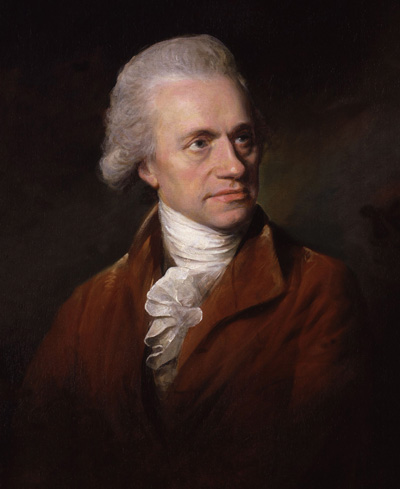The Hubble space telescope has captured the birth of new stars in the NGC 4700 galaxy. Image via ESA/NASA
The Hubble space telescope has captured the energetic birth of new stars from NGC 4700, a galaxy poised about 50m light years from Earth and which astronomer William Herschel first discovered back in 1786.
Named after the astronomer Edwin Hubble, the Hubble telescope itself is a NASA/European Space Agency initiative. The telescope was launched into space from the now-retired space shuttle Discovery back in 1990.
It orbits about 579km above the Earth’s surface, whirling around Earth at 8km per second. It completes one full orbit every 96 minutes.
As for NGC 4700, it is found in the constellation of Virgo. Even though it lies about 50m light years from Earth, NASA says this galaxy is moving away from us at about 1,400km per second due to the expansion of the universe.
The bright, pinkish clouds in the NGC 4700 galaxy, as seen in the image above, are termed H II regions. According to the space agency, intense ultraviolet light from hot young stars is causing nearby hydrogen gas to glow.
Such H II regions often come with vast molecular clouds that breed stars.

Portrait of the astronomer William Herschel from the National Portrait Gallery, London. Image via Wikimedia Commons
William Herschel’s background
Astronomer William Herschel who discovered NGC 4700 in March 1786. He was born in Hanover, Germany. At the age of 19 he emigrated to Britain. Herschel is best known for having discovered the planet Uranus, plus he discovered two Saturn moons. He was also a composer and composed 24 musical symphonies.
During his lifetime Herschel also become the private astronomer to King George III. In addition, Herschel is credited with having discovered infrared radiation.